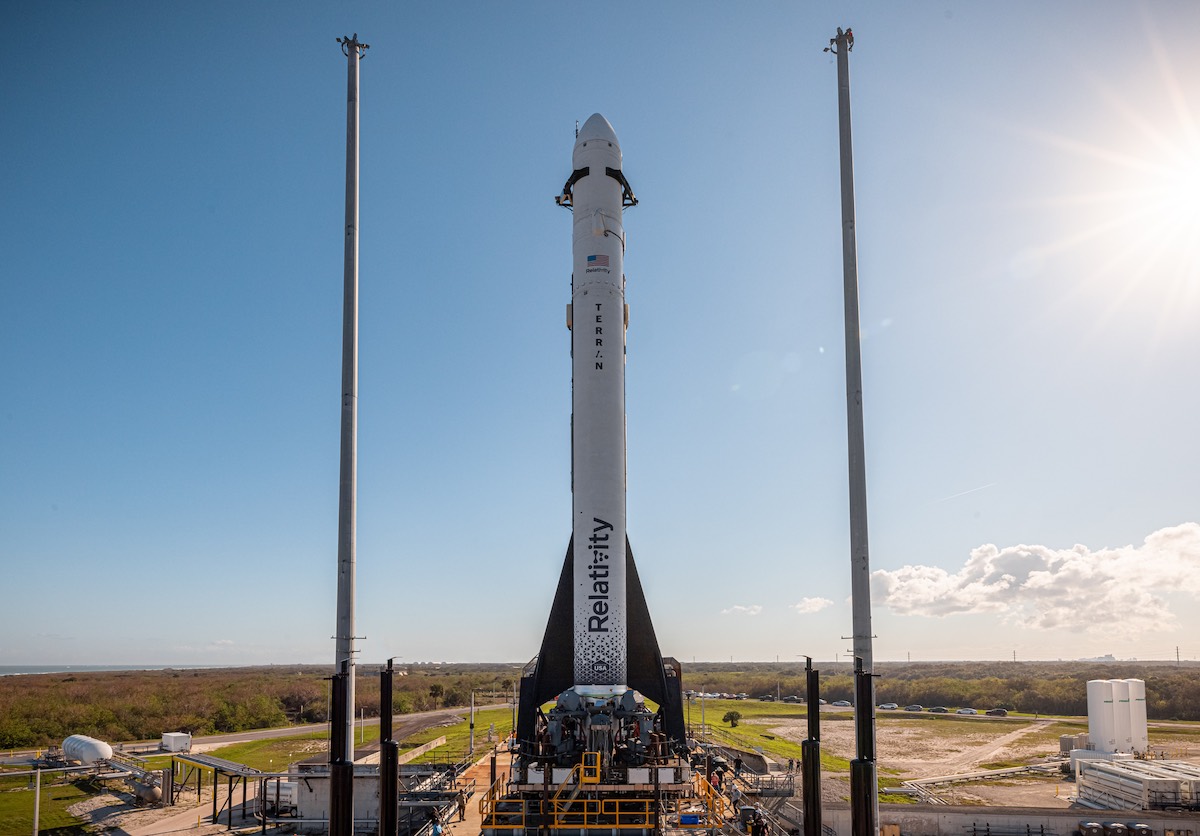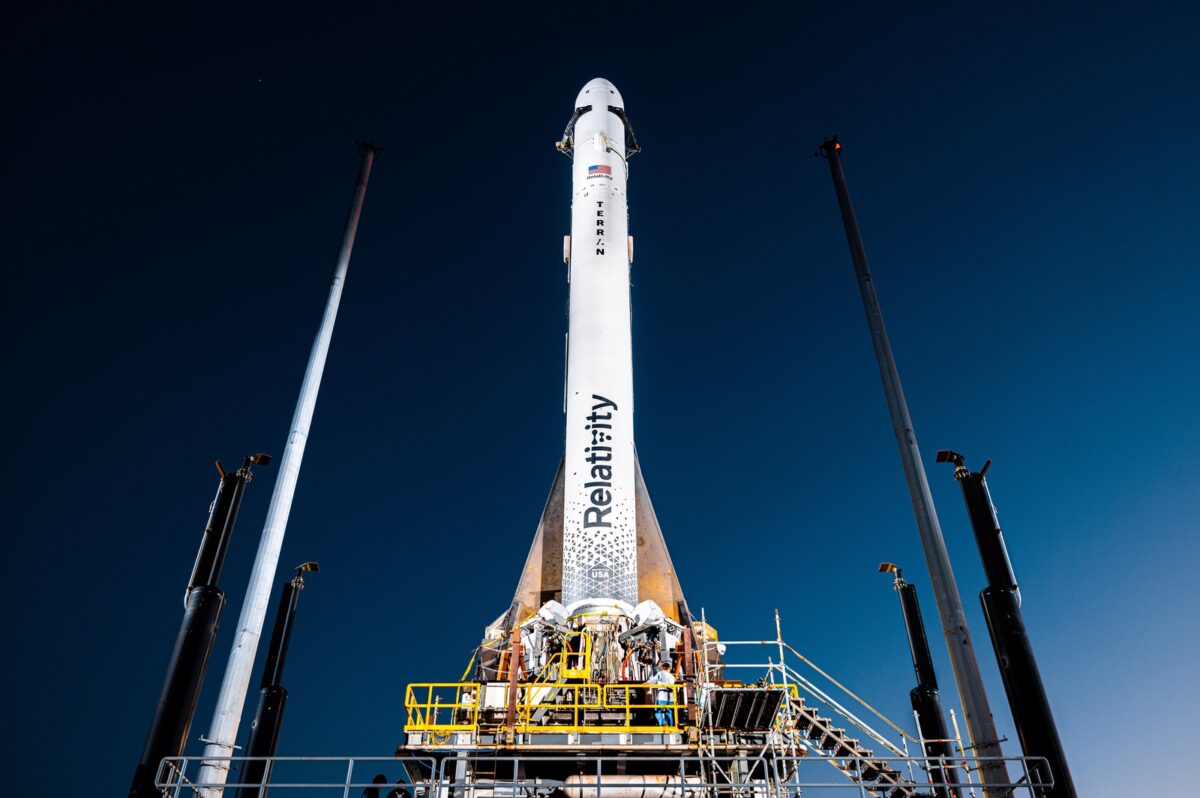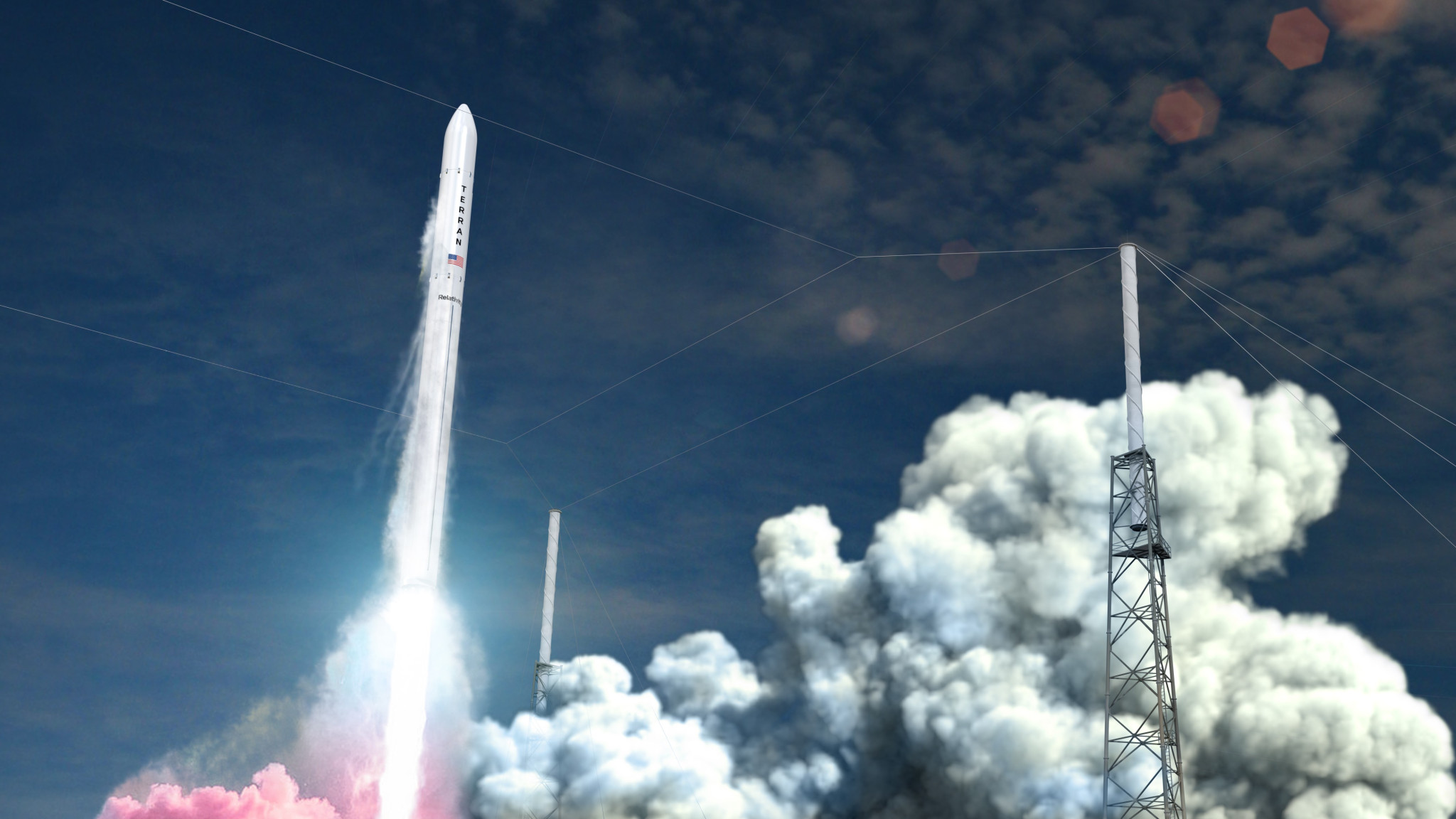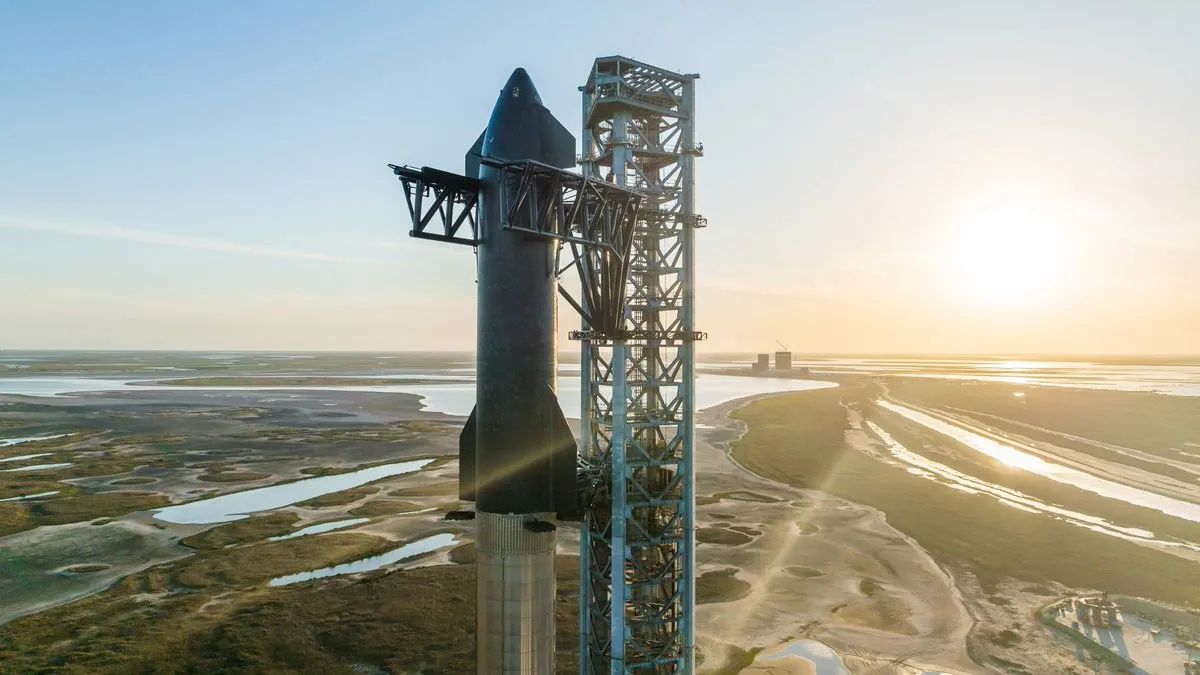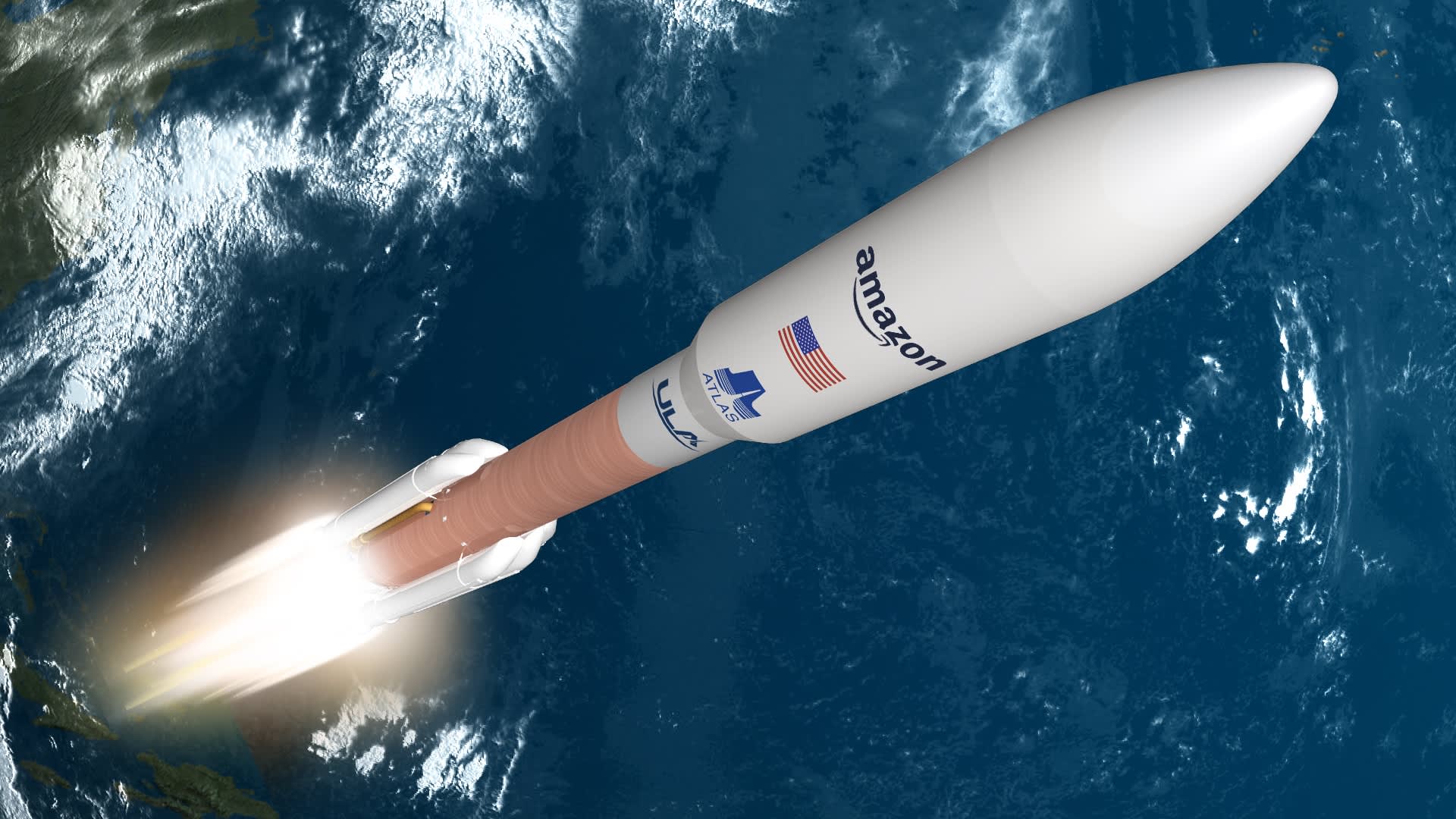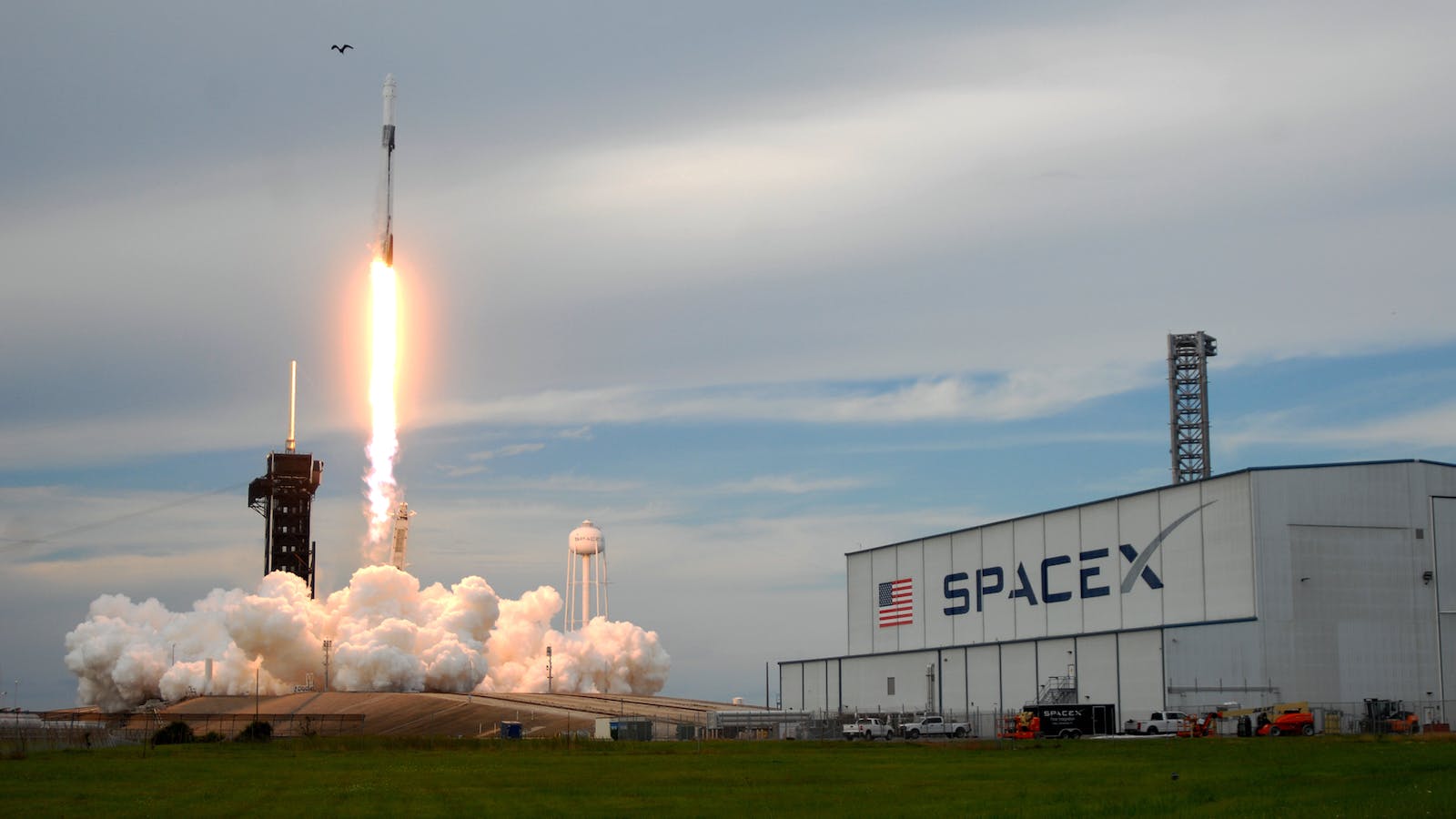Relativity Space, a prominent player in the aerospace industry, has recently inked a significant launch agreement with Intelsat, a leading telecommunications giant. The deal entails Intelsat’s satellites being launched on Relativity’s Terran R rocket, with the first launch anticipated in 2026.
Key Takeaway
Relativity Space has secured a commanding new launch agreement with Intelsat, paving the way for its Terran R rocket to capture a share of the market currently dominated by SpaceX. The company is positioning Terran R as a reusable and customer-oriented launch vehicle to meet the growing demand for competitively priced and diversified launch services in the space industry.
The precise value of the contract has not been disclosed. Nevertheless, Relativity has stated that the agreement has contributed towards a total backlog of $1.8 billion for its Terran R rocket, comprising contracts with nine customers. It is important to note that Terran R is yet to have its inaugural flight, which is slated for 2026 at the earliest, according to Relativity CEO Tim Ellis.
Terran R: A Promising Medium-Lift Launch Vehicle
Terran R is an advanced medium-lift launch vehicle, capable of transporting up to 23,500 kilograms in a reusable configuration, and even up to 33,500 kilograms when used in an expendable manner. Standing tall at 270 feet, the formidable rocket will venture into a market currently dominated by SpaceX’s Falcon 9, which currently holds a near-monopoly on American launch services.
Relativity Space is well aware of this monopolistic environment. In a statement regarding the deal with Intelsat, CEO Tim Ellis directly addressed this issue, proclaiming, “The space industry clearly requires more commercially competitive, diversified, and disruptive launch capacity. Relativity is developing Terran R as a customer-focused reusable launch vehicle to solve this need.”
The Shift towards Larger Launch Vehicles
While the development of Terran R has been underway for some time now, Relativity Space made a significant announcement in April. The company decided to redirect its focus from their smaller launch vehicle, Terran 1, and concentrate all efforts on the larger Terran R vehicle. This strategic shift reflects the evolving demands of the launch market. Customers nowadays either aim to launch a single satellite, opting for cost-effective ride-share missions, or seek to deploy mega-constellations consisting of thousands of satellites, requiring substantial payload volume on the rocket.
Relativity Space conducted a single test launch of Terran 1 in March. Although the rocket failed to attain orbit (a common occurrence during an initial attempt with a new rocket), the test was considered a success by Relativity.







